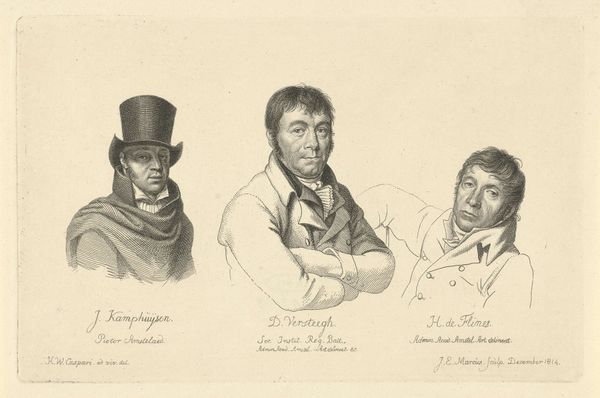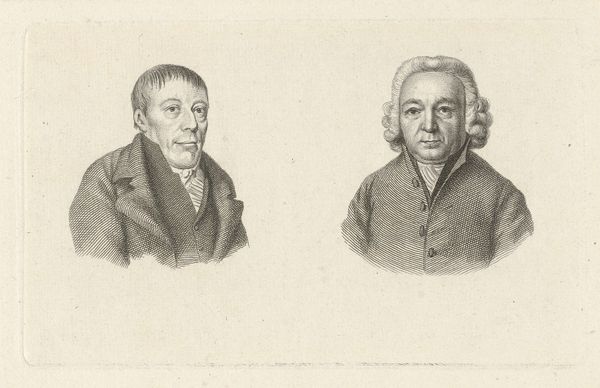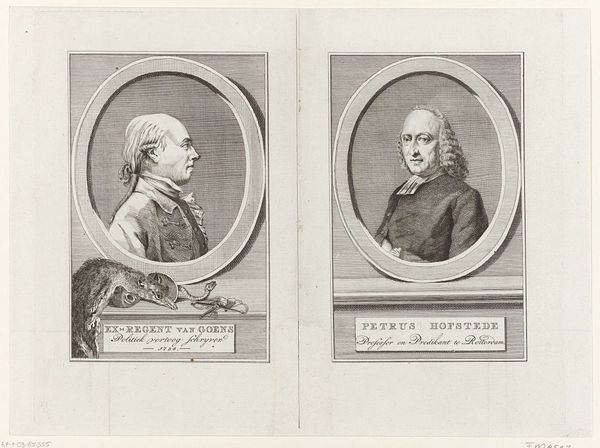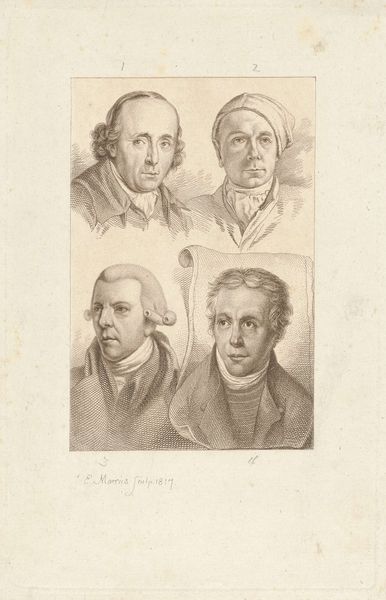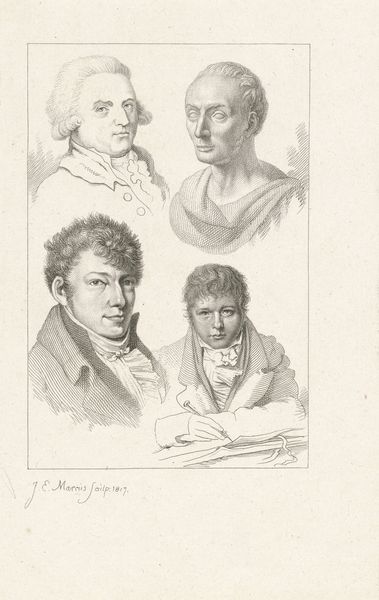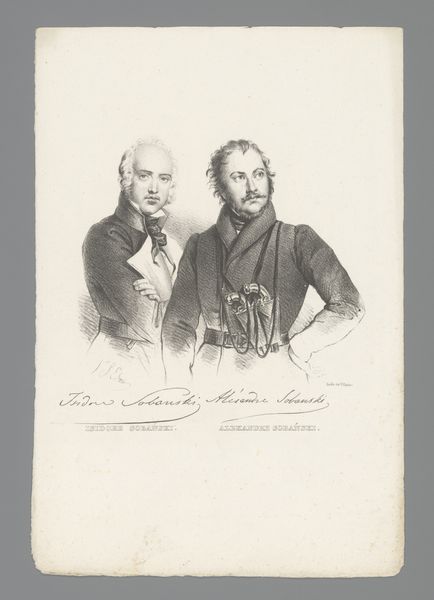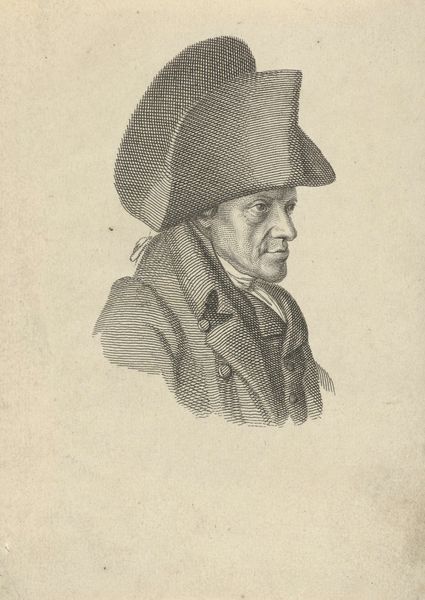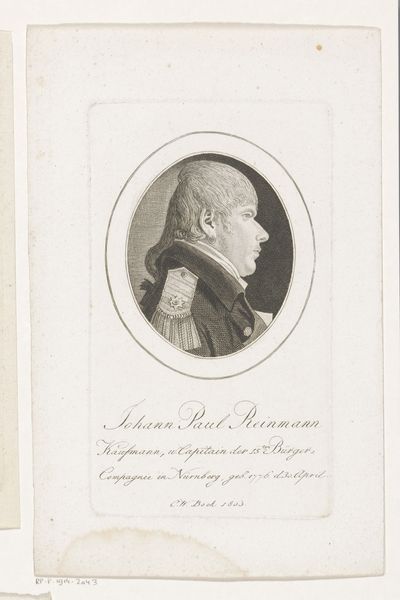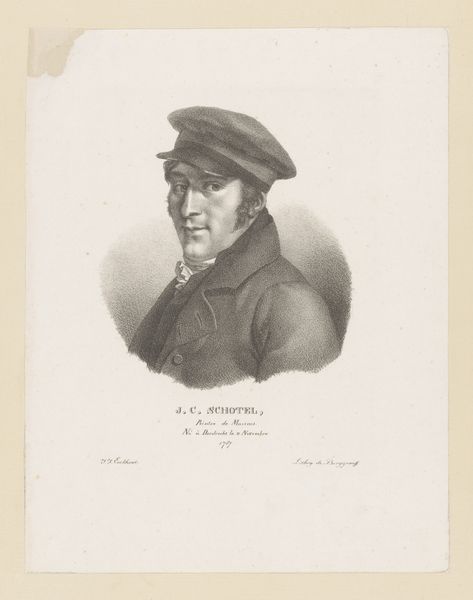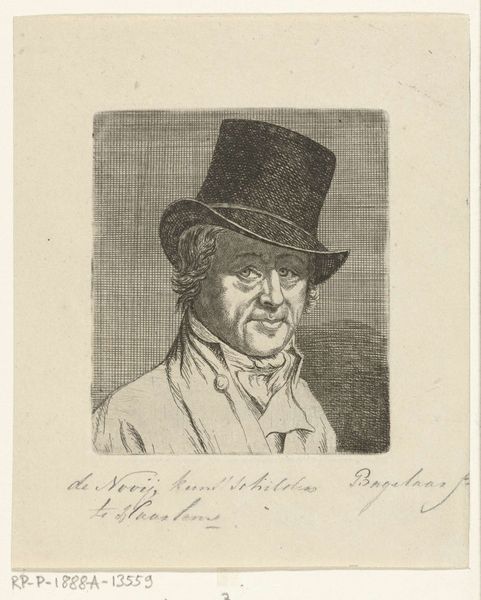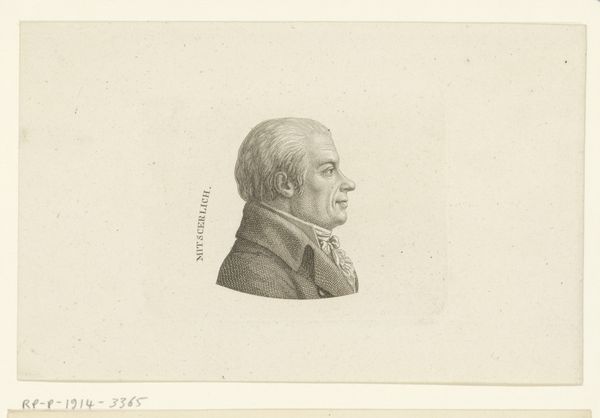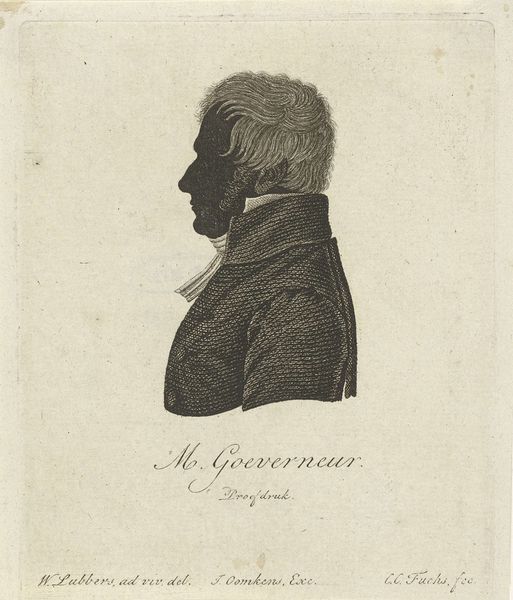
#
pencil drawn
#
light pencil work
#
shading to add clarity
#
pencil sketch
#
old engraving style
#
personal sketchbook
#
portrait reference
#
pencil drawing
#
portrait drawing
#
pencil work
Dimensions: height 130 mm, width 191 mm
Copyright: Rijks Museum: Open Domain
Curator: The 'Portret van Hidde Heeremiet en Hendrik Berkman' by Jacob Ernst Marcus, dating from 1816, immediately strikes me with its graphic quality and fine hatching technique. I’m interested in how these types of portraits democratized representation. What grabs you? Editor: I find it intriguing that it's a double portrait executed with what looks like pencil on paper. It seems like quite an understated way to immortalize two individuals. What can we understand about this choice of material and technique in 1816? Curator: Well, the use of pencil and printmaking techniques like hatching directs us to the process of production and reproduction in the 19th century. Was this a commissioned portrait intended for wider circulation? The choice of a relatively inexpensive medium, pencil, and techniques readily adapted for print, suggests accessibility, challenging the dominance of oil painting reserved for the elite. Consider the labour involved; a skilled engraver meticulously translating the drawing to a plate, allowing multiple impressions. Does the context of production change your perception of the work? Editor: Definitely. It reframes my understanding. I initially saw it as more personal, almost like a preliminary study. But the potential for mass production implies a broader audience. Does the identity of Hidde Heeremiet and Hendrik Berkman shed light on the consumption of these images? Curator: Exactly. Were they prominent figures whose likeness would have been in demand? Exploring their social standing can reveal who might have purchased these prints. What can the choice of depicting them together tell us? Could their connection indicate shared professional circles or political alliances relevant to the prints’ consumers? Considering materials, production, and context really opens up the conversation, doesn’t it? Editor: Absolutely. I initially overlooked the material aspect, focusing on the simple depiction. Now I recognize that it could also indicate the artist’s strategy. Thanks! Curator: Indeed. By focusing on the physical aspects and social milieu surrounding a piece, we discover much more than meets the eye.
Comments
No comments
Be the first to comment and join the conversation on the ultimate creative platform.
